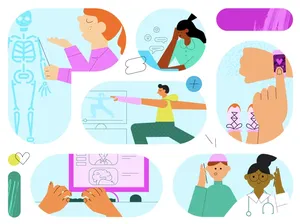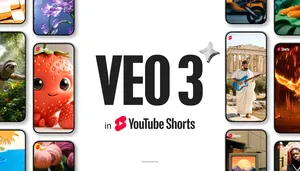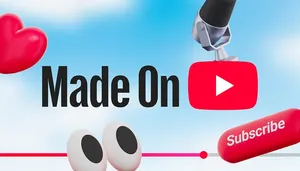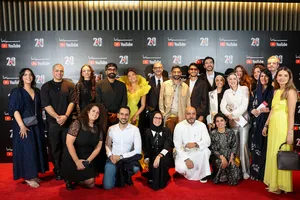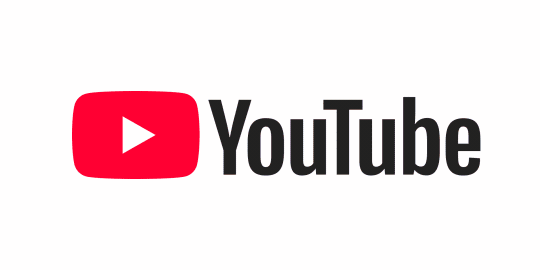New tools to protect creators and artists
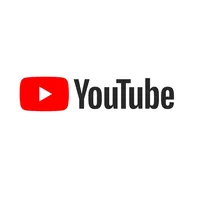
AI is opening up a world of possibilities, empowering creators to express themselves in innovative and exciting ways. At YouTube, we're committed to ensuring our creators and partners thrive in this evolving landscape. This means equipping them with the tools they need to harness AI's creative potential while maintaining control over how their likeness, including their face and voice, is represented. To achieve this, we're developing new likeness management technology that will safeguard them and unlock new opportunities in the future.
Tools we’re building
- First, we’ve developed new synthetic-singing identification technology within Content ID that will allow partners to automatically detect and manage AI-generated content on YouTube that simulates their singing voices. We’re refining this technology with our partners, with a pilot program planned for early next year.
- Second, we’re actively developing new technology that will enable people from a variety of industries—from creators and actors to musicians and athletes—to detect and manage AI-generated content showing their faces on YouTube. Together with our recent privacy updates, this will create a robust set of tools to manage how AI is used to depict people on YouTube.
These two new capabilities build on our track record of developing technology-driven approaches to tackling rights issues at scale. Since 2007, Content ID has provided granular control to rightsholders across their entire catalogs on YouTube—with billions of claims processed every year—while simultaneously generating billions in new revenue for artists and creators through reuse of their work. We're committed to bringing this same level of protection and empowerment into the AI age.
Protecting content from unauthorized access & empowering choice
As we have for many years, we use content uploaded to YouTube to improve the product experience for creators and viewers across YouTube and Google, including through machine learning and AI applications. We do this consistent with the terms that creators agree to. This encompasses powering our Trust & Safety operations, improving our recommendation systems, and developing new generative AI features like auto dubbing. Moving forward, we remain committed to ensuring that YouTube content used across Google or YouTube for the development of our AI-powered tools is done responsibly.
When it comes to other parties, such as those who may try to scrape YouTube content, we’ve been clear that accessing creator content in unauthorized ways violates our Terms of Service and undermines the value we provide back to creators in exchange for their work. We’ll continue to employ measures to ensure that third parties respect these terms, including ongoing investments in the systems that detect and prevent unauthorized access, up to and including blocking access from those who scrape.
That said, as the generative AI landscape continues to evolve, we recognize creators may want more control over how they collaborate with third-party companies to develop AI tools. That's why we're developing new ways to give YouTube creators choice over how third parties might use their content on our platform. We'll have more to share later this year.
Navigating AI tools & Community Guidelines
YouTube's new generative AI tools, like the experimental Dream Screen for Shorts, open up exciting possibilities for creators, allowing them to express their creativity and engage their audiences in innovative ways. Creators retain control over the creative process, guiding the tools' output and deciding what to share.
We believe in fostering a safe and responsible community, and this extends to content generated with AI. As with all content on YouTube, AI-generated creations must adhere to our Community Guidelines. Creators are ultimately responsible for ensuring their published content, regardless of its origin, meets these standards.
To support creators in navigating our policies, we’ve incorporated safeguards into our AI tools, which aim to prevent their potential misuse. This means we may block prompts that violate our policies or touch on sensitive topics. While our primary goal is to empower creativity, we encourage creators to review AI-generated content carefully before publishing it, just as they would do in any other situation. Particularly in the early days of these products, we know we may not always get it right, so we encourage creators to provide us with feedback.
Enhancing human creativity
As AI evolves, we believe it should enhance human creativity, not replace it. We’re committed to working with our partners to ensure future advancements amplify their voices, and we’ll continue to develop guardrails to address concerns and achieve our common goals. Since our earliest days, we've focused on empowering creators and businesses to build thriving communities on YouTube, and our focus remains on fostering an environment where responsible innovation flourishes.

